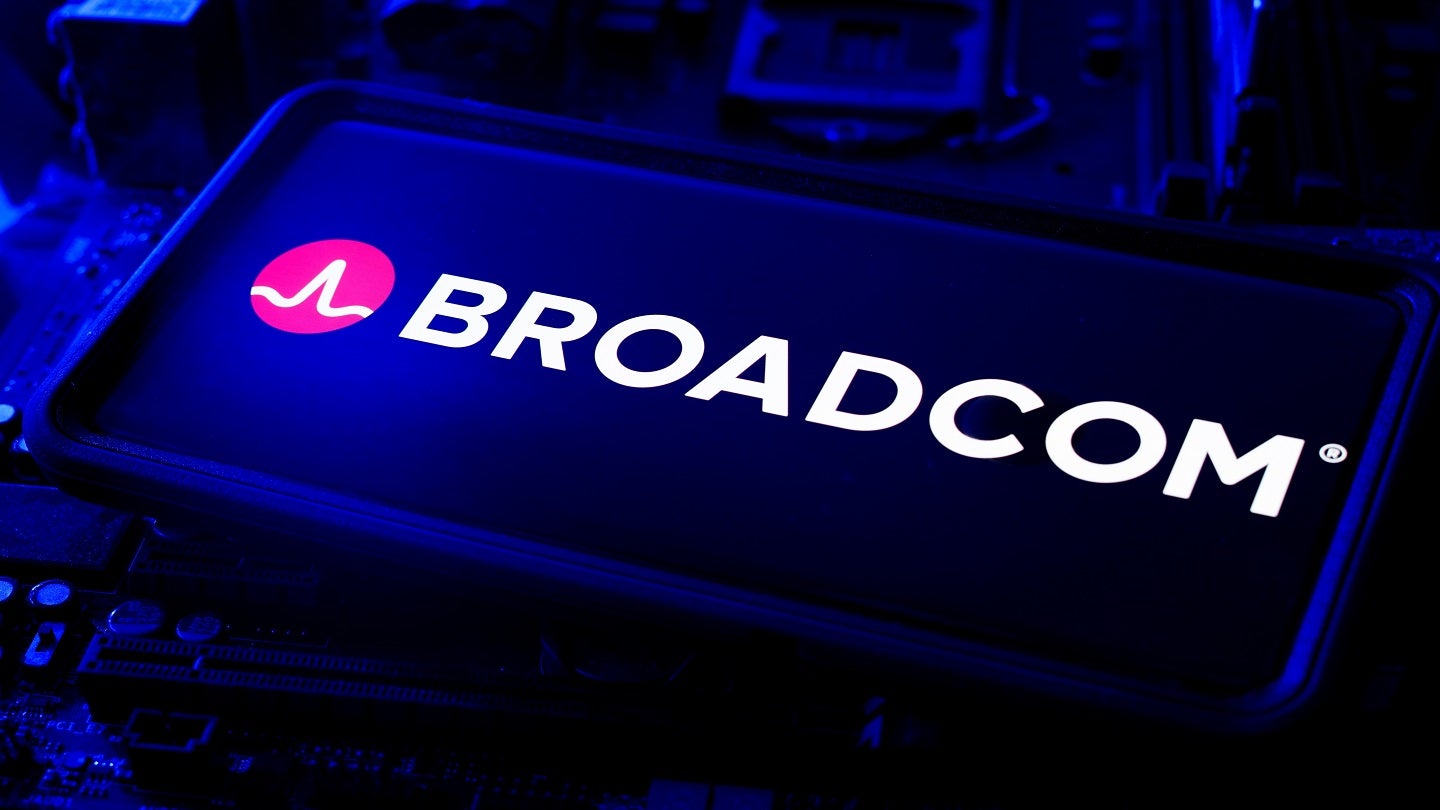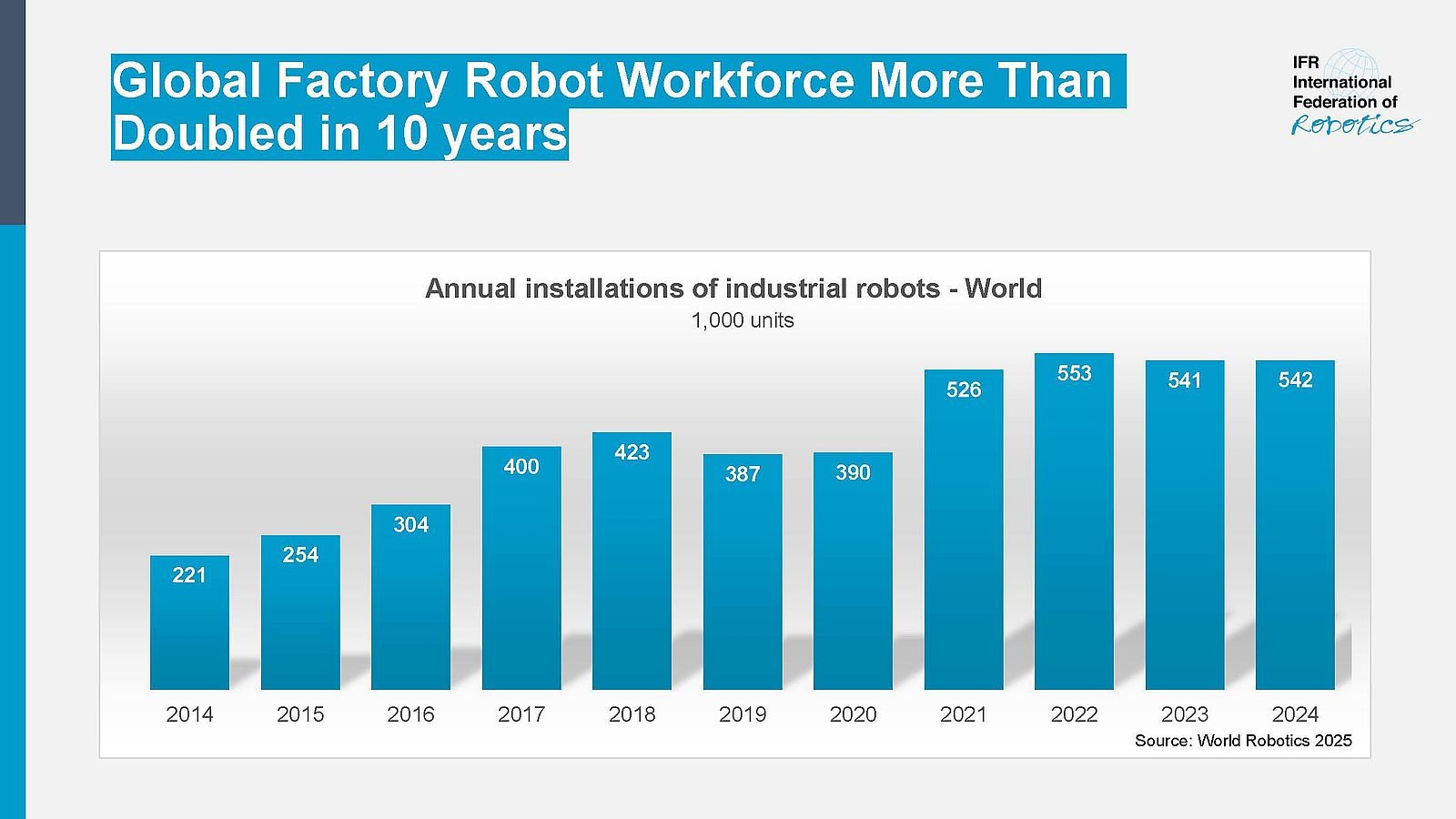Keys to speeding up banking system modernization and lowering total cost of ownership

Few things can cause more sleepless nights in banking than the prospect of a major system upgrade. Yet despite the time, cost, and operational risks involved in this endeavor, deep down most banks recognize the growing need for modernization.
Still, research shows that legacy infrastructure is the biggest roadblock right now—for nearly 60% of banks. Paired with a need to update outdated back- and middle-office processes, it’s increasingly tough to innovate and stay competitive.
Tough doesn’t mean impossible, though. When it comes to modernization, the key is an approach combining people, processes, and technology, particularly at a time when generative artificial intelligence (gen AI) can help teams address legacy challenges faster than ever.
The People: Give teams the tools to lower legacy software’s total cost of ownership
Many banks are still running legacy systems for some of their most important functions—and enduring the problems that come with them.
Consider, for example, a bank that still uses a core banking system written in COBOL code. The bank has big plans for brick-and-mortar expansion, in fact so big that it needs to go from three-digit branch IDs to four. But that requires changes to legacy code and data that could take months to execute.
A big reason why? An aging workforce means that many of the people who really understand that legacy code—how it works and where everything lives—have either left the bank or will be leaving soon. In their place, younger IT staffers are too busy to go back and re-learn older languages, making it difficult for them to identify where and how to make changes.
Ultimately, outdated code combined with retiring talent increases the total cost of ownership (TCO) for a bank’s legacy systems. But empowering teams with gen AI can help jumpstart a modernization effort that lowers your software’s TCO in the long run by making it easier to upgrade and maintain. For example, gen AI can reverse engineer a legacy codebase to:
- Figure out dependencies.
- Determine the intent of different sections of code.
- Identify components.
- Map out pathways.
- Work out correlations with other components.
With the right tools, teams can close the knowledge gap when it comes to legacy code—making employees’ lives easier and paving the way for much-needed digital upgrades.
The Process: Embrace the “strangler fig pattern” to support incremental change
Many bank leaders fear legacy system upgrades because they think they must do everything at once. They might look at swapping out an old codebase, for example, and start estimating the cost of replacing each line at 20 to 25 hours across millions of lines. That makes a full rip-and-replace prohibitively expensive, threatening to cost millions over several years.
It’s easy to feel paralyzed with so much at risk, but a “strangler fig pattern” approach can help bank leaders execute system upgrades in a much more controlled manner. Teams can gradually evolve an existing system to avoid disrupting core functionalities. As legacy components are gracefully retired, new ones will begin to take their place, after a parallel run confirms the functional parity.
This type of approach can help banks throughout a legacy system modernization by:
- Reducing risk.
- Maintaining business continuity.
- Optimizing resource utilization.
Ultimately, an incremental strategy can allow banks to sidestep the pitfalls of full-scale rewrites—and shift from paralysis to action.
The Tech: Integrate gen AI throughout your software development lifecycle
Gen AI isn’t just good for reverse-engineering COBOL code. It can help teams achieve hyperefficiency—a 10x boost in productivity—at every stage of the software development lifecycle (SDLC).
That requires using gen AI for more than just coding. Teams should embrace an AI-first mindset, using the tech to support:
- Discovery and ideation
- Product design
- Backlog management
- Code analysis and generation
- Testing and quality assurance
- Deployment and release management.
This is already having real-world impact. For example, by incorporating a gen AI platform into their SDLCs, two banks we recently worked with were able to enhance the productivity of their teams by anywhere from 20% to 50%, depending on the underlying task at hand. Any bank can achieve those efficiency gains—and make a legacy modernization project more practical.
Future-proofing your upgrade process
Today’s critical banking systems have a steep TCO that financial institutions simply can’t afford. But tackling upgrades the traditional way is just as inefficient as the outdated software itself.
That’s why gen AI represents such a massive opportunity for banks today—it gives them the ability to revamp their entire SDLC more efficiently and cost-effectively than ever before. And in doing so, it touches the bank’s people, processes, and technology in a way that supports excellent digital experiences.
Young Pham is Chief Strategy Officer and Sorin Chira is VP, Solution Architecture at CI&T.
link







